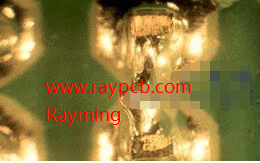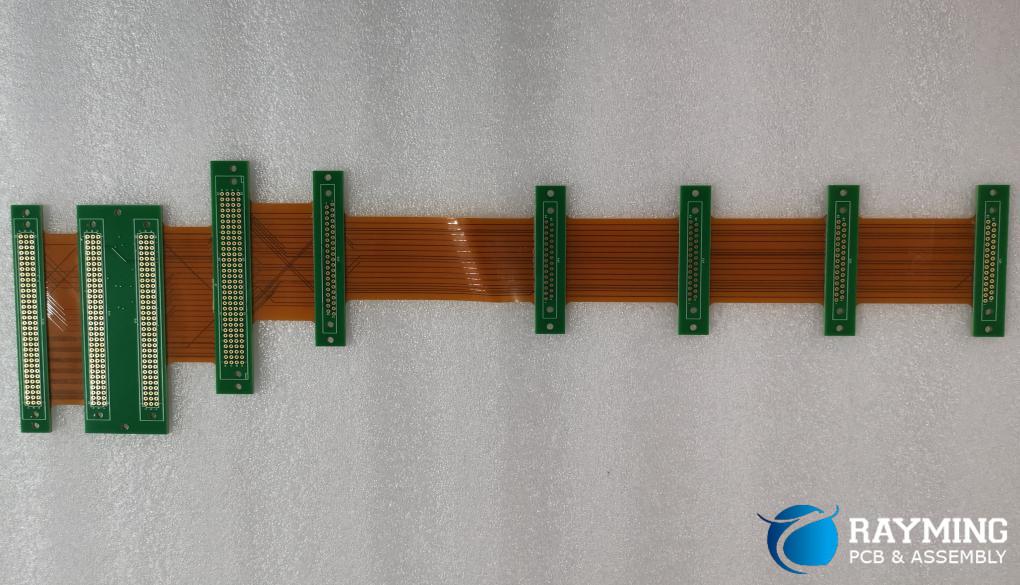Introduction
Developing a new electronic product requires assembling prototype printed circuit boards (PCBs) to verify the design before full production. However, finding a PCB assembly provider capable of meeting the specialized needs of low-volume prototype builds can be challenging. This article provides guidance on selecting the right prototype PCB assembly manufacturer.
Benefits of Prototyping
Constructing prototype PCB assemblies provides several advantages for new product development:
- Design verification – Assemble boards to test form, fit, and function. Confirm layout, components, and production processes.
- Early validation – Use prototypes to evaluate and improve the product design based on real-world testing.
- Risk reduction – Identify potential issues early when changes are cheaper and easier. Avoid costly mistakes in full production.
- Process refinement – Develop and optimize assembly processes while volumes are low.
- Time savings – Prototyping verifies the design in parallel with other development activities. This accelerates time-to-market.
For these reasons, most electronics firms need an experienced prototype PCB assembly partner during new product development.
Prototype Assembly Challenges
However, prototyping poses unique challenges that standard assembly providers may not handle well:
- Low volumes – Prototype builds ranging from a few boards up to about 50 units have different economics than high-volume production.
- Design changes – Frequent component and layout modifications are typical during prototyping. This requires extreme flexibility.
- Quality – Defects cannot be tolerated in prototypes since every board might be tested. But quality must be achieved without excessive costs.
- Quick turnaround – Development schedules demand very fast assembly turnaround, sometimes within days.
- Complex or dense designs – New products often push technical boundaries and may require specialized assembly processes.
- High mix – Multiple board versions may be needed to evaluate different proposed designs and configurations.
Selecting a PCB assembly provider who can adeptly handle these prototyping challenges is key to efficient product development.

Capabilities of a Good Prototype Assembly Partner
So what are the key capabilities to look for in a prototype PCB assembly manufacturer?
Expertise with Low to Medium Volumes
- Economics and processes specialized for prototypes and low-volume production.
- Avoid minimum order quantities and high set-up charges.
- Manual assembly techniques combine flexibility and quality for low volumes.
Fast Turnaround Times
- Streamlined processes, skilled staffing, and little production backlog allows very quick turnaround.
- One week or less is ideal. 2-3 days is even better for critical projects.
Design Experience and Engineering Support
- Help optimize prototyping by identifying design improvements early.
- Provide engineering consultation when needed.
- Recommend components that are easier to source in low quantities.
Flexible and Adaptable
- Make design tweaks and component changes easily.
- Comfortable with shifting priorities and uncertainty typical of prototyping.
- Willingness to follow customized assembly process instructions.
Focus on Quality
- Careful manual assembly provides superior quality for prototypes.
- Perform inspection and testing to catch all defects with no shortcuts.
- Implement handling processes to eliminate ESD damage.
Range of Value-Added Services
- One-stop shop for quick-turn PCB fabrication, component procurement, packaging, etc.
- Support services like programming, testing, enclosures, cable assembly, etc.
Clear Communication
- Provide frequent updates on order status.
- Ask clarifying questions early when requirements are ambiguous.
- Suggest ways to improve the design or process.
| Capability | Description |
|---|---|
| Low Volume Expertise | Economics and processes optimized for prototypes |
| Fast Turnaround | Streamlined process enables 1 week or faster delivery |
| Design Experience | Engineering support to improve prototypes |
| Flexible & Adaptable | Easy component and design tweaks |
| Quality Focus | Careful manual assembly and inspection |
| Value-Added Services | One-stop shop for PCBs, components, packaging, etc. |
| Communication | Frequent updates, clarifying questions, and design feedback |
Vetting and Selecting a Prototype Assembly Partner
With an understanding of the desired capabilities, how should new product developers evaluate and select a PCB prototype assembly manufacturer?
Research Options in Required Regions
- Determine which geographic regions you require support in based on the supply chain.
- Search for providers with specialized prototype services in those regions.
Request Samples of Prior Work
- Ask prospects to share examples of prototype builds they’ve performed, especially for complex or novel products.
- Review their quality and capabilities based on actual previous projects.
Query About Specific Services
- Discuss your prototyping needs like fast turnaround, design flexibility, ancillary services, etc.
- Gauge how well the provider can deliver on the capabilities you seek.
Assess Their Experience
- Consider the provider’s history assembling prototypes in your industry and application space.
- Seek out expertise relevant to your specific product requirements.
Review Quality Processes
- Ask about their quality assurance procedures, inspections, tests, and defect prevention.
- Make sure they fit your quality expectations.
Compare Cost Structures
- Obtain pricing for standardized prototyping scenarios you expect to encounter.
- Factor in total cost including assembly, components, boards, etc.
Check Supply Chain Capabilities
- Determine if they can procure necessary components flexibly in low quantities.
- Assess ease of tapping into their existing part inventory.
Request References

- Speak with customers of the provider to gain insight into their prototyping experiences.
- Get feedback on quality, turnaround, flexibility, project management and communication.
Selecting the right strategic partner for prototyping assembly will help new product development programs proceed smoothly and efficiently. Taking the time to thoroughly evaluate providers is well worth the effort.
FAQ
What quantity of boards is considered “prototype” vs full production?
There is no firm boundary, but prototype volumes generally range from a few units up to about 50 boards. Larger quantities over 50-100 enter low-volume production territory.
What are the cost differences between prototype assembly vs production?
Prototype assembly involves much higher touch labor and overhead costs per board compared to high-volume production. However unit prices can be reduced substantially for production volumes.
How long does it take to assemble typical prototype boards?
Turnaround time can range from a few days for rush projects to 2-3 weeks for complex boards. But an experienced provider can often deliver most prototypes in 5-7 days.
Should every PCB design iteration be prototyped?
It’s not always necessary to assemble each design revision as a prototype. Software modeling can evaluate many aspects of simpler revisions. But at least one physical prototype is recommended before release.
What are the risks of selecting the wrong prototype assembly partner?
Using a provider without low-volume expertise may result in delays, high costs, quality issues, and inadequate flexibility during prototyping. This leads to development schedule slips.



0 Comments